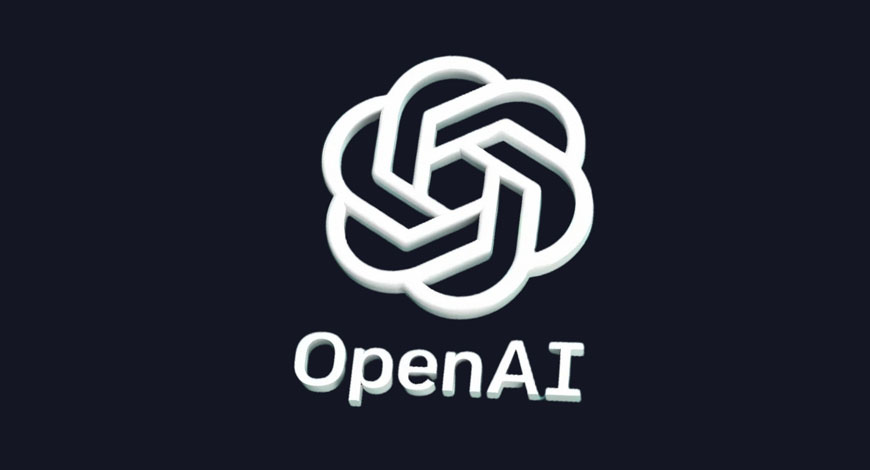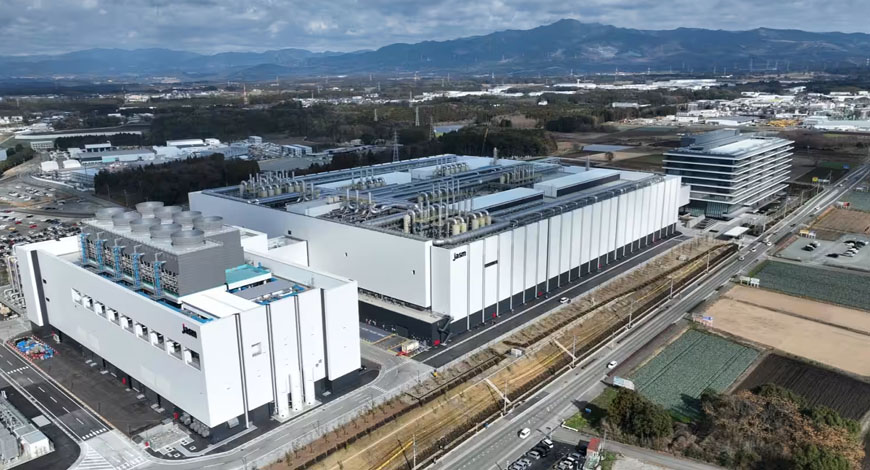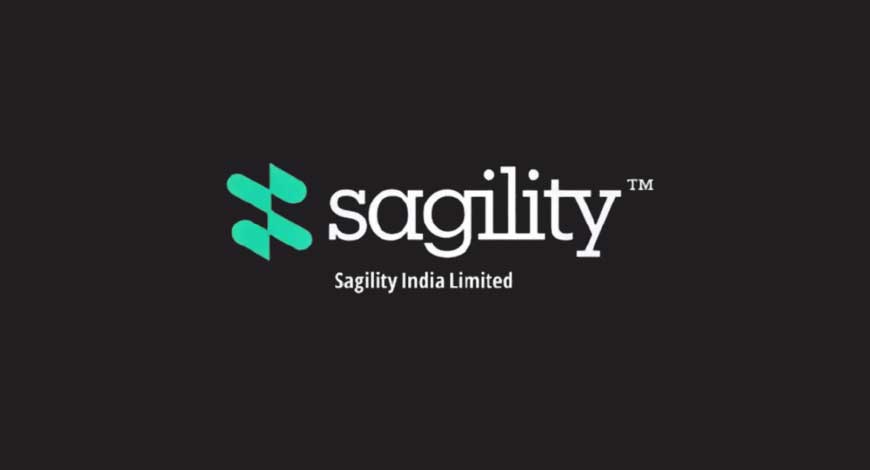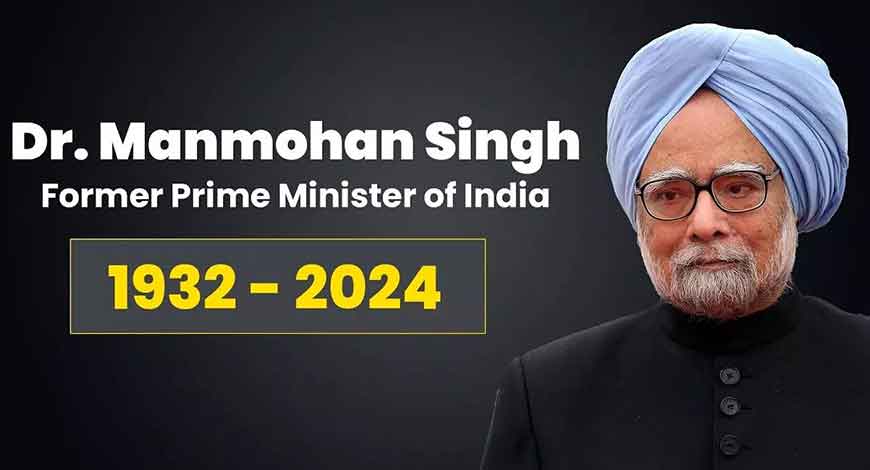The Maharashtra Urban Development Department has issued a notice (dated Sept 30, 2024) inviting suggestions and objections for the proposed modification and incorporation of an addendum to the Model Building Bye-Laws 2016, issued by the Ministry of Housing and Urban Affairs (MoHUA), as part of the Development Control and Promotion Regulations – 2034 for Greater Mumbai.
In a bid to enhance digital connectivity infrastructure in Mumbai and its suburbs, the Maharashtra Urban Development Department has issued a notice inviting suggestions and objections from architects, developers, and town planners for the incorporation of Common Telecommunication Infrastructure in new building plans.
What does the Maharashtra Urban Development Department’s notice say?
The notice asks architects, developers and planning authority officials to ensure that a plan for the creation of Common Telecommunication Infrastructure including a common duct to access the common space used as a telecom room inside the building is included in new building proposal plans.
The notice issued by the Maharashtra Urban Development Department states that an Occupancy or Building completion certificate to a building is to be granted only after ensuring that the Common Telecommunication Infrastructure as per the prescribed standards is in place.
This is in line with the addendum to Model Building Bye-laws 2016 and has been issued under Section 154 of the Maharashtra Regional Town Planning Act (MRTP).
“Notice under section 37 (IAA) of the Maharashtra Regional & Town Planning Act, 1966. Proposed modification for Incorporation of addendum to model building Bye-Laws 2016 issued by Ministry of Housing and Urban Affairs (MOHUA) Development Control and Promotion Regulations -2034 for Greater Mumbai,” the notice reads.
The Maharashtra Urban Development Department has sought inputs from various stakeholders for the creation of a Common Telecommunication Infrastructure in new building plans.
In 2022, the Telecom Regulatory Authority finalised a framework for the creation of an ecosystem for Digital Connectivity Infrastructure (DCI), making it a part of the building development plan similar to other building services like water, electricity or fire safety systems.
“Plan for the creation of Common Telecommunication Infrastructure including the common duct to access the common space used as telecom room inside the building is also a prepared and separate set of draw drawings showing the inter / intra connectivity access to the building with the distribution network,” the notice reads.
The circular specifies that buildings with more than 465 sq mt of built-up area should have a minimum 3.0 m X 2.4 m telecom room. Buildings with a built-up area of less than 465 sq mt, should have a 0.6 m x 2.6 m or 1.3 m x 1.3 m telecom room.
The notice further states that the telecom room should not be susceptible to flooding. It should not be exposed to water, moisture, fumes, gases or dust. It should be able to withstand the designed equipment load (to be specified in the design). It should be located away from any vibrations to avoid dislocation/dislodgement.
At the layout stage, the UDD notice says, the placement and sequence of above-and below-ground utilities at the appropriate location in the right-of-way to be ensured for unconstrained movement as well as easy access for maintenance. Empty pipes (large-size Hume pipes / HDPE pipes) should be laid before planting trees in order to accommodate additional Infrastructure. It also suggests that telecom cables should be ideally placed below the parking area or service lane which could be easily dug up without causing any major inconvenience.
The notice also asked developers to submit a service plan for IBS infrastructure in consultation with a telecom networking hardware consultant.
“The layout plans should clearly indicate the telecom as Utility Infrastructure lines. While submitting the proposed Building plan seeking approval from the relevant sanctioning Authority, the applicant shall also submit a complete Service Plan for In-Building Solutions (IBS) -Infrastructure along with required specifications in consultation with, and certified by a credible Telecom Networking hardware consultant,” the notice reads.
“Occupancy / Building Completion certificate to a building to be granted only after ensuring that the Common Telecommunication Infrastructure as per the prescribed standards is in place,” it said.
What do officials have to say?
An official from the Urban Development Department confirmed that the department has issued a notice seeking inputs from various stakeholders for the creation of a Common Telecommunication Infrastructure in new building plans.
“This is in line with the Central government’s framework for creating an ecosystem for digital connectivity. We have now sought suggestions and objections from various stakeholders,” the official said.
He further said that depending on the suggestions and objections, the department will proceed with the directive. “After the department receives suggestions and objections, we will discuss them with stakeholders and finalize the plan. This generally takes about a month after receiving input from the stakeholders,” he added.
Thumbs up from the stakeholders
Stakeholders from various sectors have welcomed the Urban Development Department’s move to enhance digital connectivity.
Jitendra M. Mehta, President of CREDAI MCHI Thane, said, “We are a developing country, and digital technology is a very important platform. Today, the internet connection is at the heart of our lives. In every home, internet users include senior citizens, children, and housemaids. Just a few years ago, there was a telephone connection.”
“As developers, we should always upgrade facilities for our flat purchasers. Now, locker facilities should be provided so that we can operate the lockers at our convenience, and not just during banking hours. CCTV should be mandatory in every building, covering all floors, lobby areas, and other common spaces, and it should be easy to operate from a centralised room,” he added.
Manju Yagnik, Vice Chairperson at Nahar Group and Senior Vice President of NAREDCO—Maharashtra, said, “The Maharashtra Urban Development Department’s directive to include Common Telecommunication Infrastructure (CTI) in new building plans is a forward-looking initiative aimed at enhancing Mumbai’s connectivity as the city prepares for a more aggressive 5G rollout in 2025. This policy ensures that residential and commercial spaces will be equipped for the growing demand for high-speed internet and smart technologies, positioning Mumbai as the key city in India’s tech-driven urban development. For developers, integrating CTI may involve an initial investment, but it presents long-term benefits, including enhanced property value and marketability. This investment not only aligns with the increasing buyer preference for digitally equipped spaces but also boosts the competitiveness of developers in a rapidly evolving market.”
“The government will be engaging with the developers and urban planners during the planning phase and this collaboration will help identify potential challenges that may arise during the design and execution stages, ensuring that the directive is both practical and feasible. Furthermore, integrating such infrastructure can stimulate the growth of the technical sector, providing opportunities for innovation and creating new markets. This will, in turn, contribute to the country’s overall economic development, driving the GDP higher and positioning India as a technologically advanced, globally competitive nation,” she added.
Sandeep Ahuja, Global CEO of Atmosphere Living, said that the directive from the Maharashtra Urban Development Department to mandate Common Telecommunication Infrastructure in new building plans is a step in the right direction.
“It aligns with the growing demand for seamless connectivity, which has become an essential part of modern living. While the requirement for telecom infrastructure before granting Occupancy or Completion Certificates adds an additional compliance layer, it also ensures that residents have access to uninterrupted digital services from day one. However, effective implementation will require collaboration between developers, civic authorities, and telecom providers. Early consultations and clear guidelines can prevent delays and streamline the process. If the government facilitates a practical framework with adequate timelines, it will help the real estate sector incorporate this change more efficiently. Ultimately, this initiative reflects a future-focused approach to urban planning, enhancing the overall quality of living in Mumbai’s developments,” he said.
Abhishek Tharwani, Director, Tharwani Realty, said, “Inclusion of Common Telecommunication Infrastructure in building new buildings would be a positive move to complement the rising needs of a non-disjoint connectivity network within urban regions. Given that people depend increasingly on digital services, proper telecom infrastructure should be ensured during the initial development stages, both for people living and operating their businesses within these spaces. The directive also underscores the need for more holistic urban planning. As cities grow smarter, integrating utilities like telecom, power, and waste management systems should be part of a larger vision for sustainable development.”
Tharwani further said that while the intent is commendable, the directive could pose challenges in terms of execution. “Developers will need clear guidelines and technical assistance to incorporate CTI efficiently, especially in projects where space and cost considerations are already tight,” he added.
Echoing similar sentiments, Sunny Bijlani, Joint-Managing Director of Supreme Universal, said, “The Maharashtra Urban Development Department’s directive to include Common Telecommunication Infrastructure (CTI) in new building plans is a proactive step in line with India’s expanding digital landscape. With over 1.2 billion telecom subscribers in India as of 2024, as per TRAI, ensuring robust connectivity is essential for modern urban living and future-ready smart cities. A collaborative approach between the government and the developers and the urban planning community can help address challenges like space constraints and cost models, ensuring compliance without compromising on project efficiency. This initiative can lead to long-term benefits, fostering smarter and more connected communities that contribute to the growth of a sustainable urban infrastructure.” Mid Day









